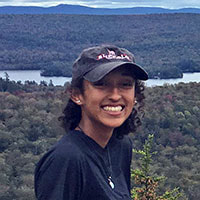People
|
John C. Stella, Ph.D.
Professor Department of Sustainable Resources Management SUNY College of Environmental Science and Forestry One Forestry Drive, Syracuse, NY 13210 Email: [email protected] Phone: 315-470-4902 Curriculum Vitae: stella_cv.pdf Department Homepage ORCiD | Google Scholar Note to graduate student applicants: I am not currently recruiting new graduate students for Spring/Fall 2025. |




























